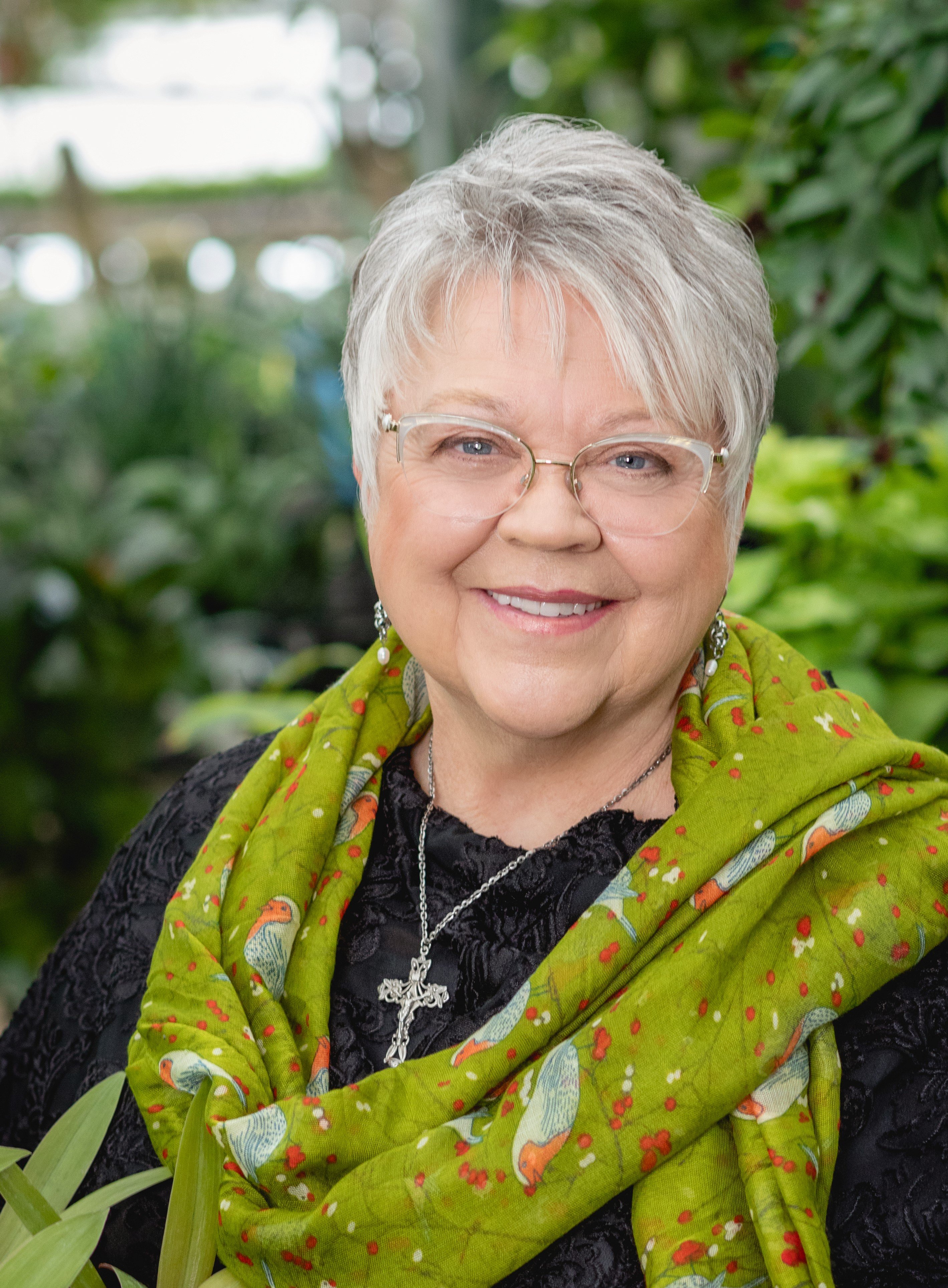 Matteuccia Struthiopteris
Matteuccia Struthiopteris
Under the apple tree and along the weathered stockade fence grows an established stand of tall Ostrich Plume ferns, Matteuccia struthiopteris. It is sometimes called shuttlecock fern because their growth pattern looks very much like a badminton birdie set on its nose. The dramatic single stemmed fronds rise four feet high out of a central crown and in moist shaded regions of Canada are known to grow up to six feet tall. They spread rapidly by rhizomes, a root system that creeps horizontally just below the leaf mulch that sends up new plants. The roots of this fern are sensitive to soil temperature and stop spreading where soil is too warm. In my garden the line of delineation of this invasive fern is remarkable; it has never encroached into full sun.
On the other hand, there are plants that need high soil temperature to begin growth, like the wild Butterfly Weed, Asclepias tuberosa. Grown in full sun it rarely shows shoots until mid summer, liking the soil hot and dry. During August in Michigan it flashes showy orange flowering clusters along roadsides. Butterflies, especially the Monarch, and hummingbirds depend on this late season food source.
The temperature of soil affects root development for different plants depending on their unique characteristics. What about our spiritual temperature and its effect on our soul?
I have at times worried about my spiritual temperature. How do I compare to those white-hot writers who can proclaim God and correlate texts with authority? Where do I fall on the continuum so clearly laid out in the Bible where being lukewarm is vile, and being fervent and boiling over with the Spirit is desired? At what temperature does my soul grow best?
Consider the gifts of the Spirit and how we are all uniquely endowed. Let’s start by thinking about boiling points. Different elements boil at different temperatures. Some of us are more fervent, having a low boiling point that allows for an easy bubbling up with controlled intensity. Others, like me, simmer on low and on occasion are moved by the Spirit to rise up, needing to be careful not to boil over at the sudden flame. Not everyone can be, or was designed to be a crucible of intense fire when the Holy Spirit burns in the soul.
If I am not fervent, am I lukewarm? Are there areas of my life where I am content with just being tepid, especially when it comes to living for Jesus? Tepid is defined as being neither hot nor cold, characterized by a lack of force or enthusiasm, someone who is apathetic. It is a static state, a place where there is neither growth nor decline. My friend loves roses and decided to grow a few on her lovely wooded hillside property. She adamantly defended that the sparse, infrequently flowering bushes were just fine in the dappled-shade garden in which they were planted. They survived but did not thrive; they were not dead but did not live in a way that would reveal their full beauty. My friend was content with their static state—it was good enough.
When it comes to the tepidity or fervency of a soul, I try to consider the unique characteristics of the individual as equipped by God. Some of us grow more prolifically and bring beauty in less intense environments. Others express beauty in the heat and are able to nourish the faithful when it seems too desperate for the rest of us.
Not everyone can be white-hot in expressing their love for God, but we can all keep the burner on.
(Image commons.wikimedia.org, public domain.)
Copyright 2012 Margaret Rose Realy
Read more reflections and prayers by Margaret Rose Realy, Obl OSB, at Morning Rose Prayer Garden, on Patheos Catholic channel.
About the Author

Margaret Rose Realy, Obl. OSB
Margaret Rose Realy, Obl. OSB lives an eremitic life and authored A Garden Catechism, A Catholic Gardener’s Spiritual Almanac, A Garden of Visible Prayer: Creating a Personal Sacred Space One Step at a Time, and Cultivating God’s Garden through Lent. An award-winning author, Margaret has a master’s degree in communications, is a Certified Greenhouse Grower, Master Gardener, liturgical garden consultant, and workshop/retreat leader.


.png?width=1806&height=731&name=CatholicMom_hcfm_logo1_pos_871c_2728c%20(002).png)
Comments